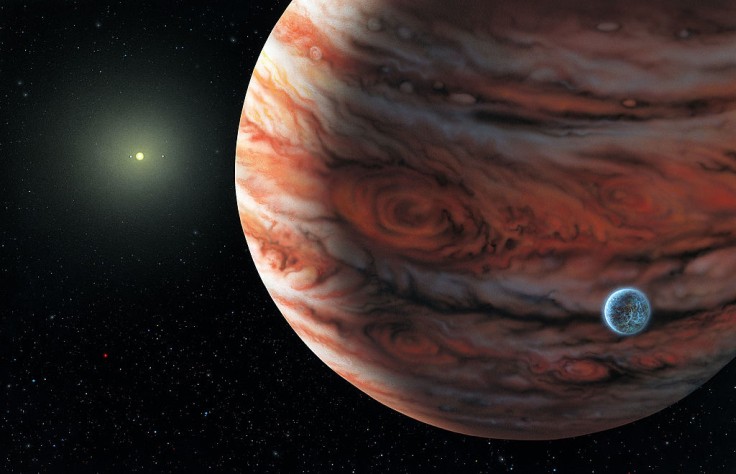
NASA Hubble Space Telescope's latest discovery revealed persistent water vapor in Jupiter's icy moon, Europa. Interestingly, these water vapors appear like 60-miles high geysers!
However, NASA researchers are puzzled why this phenomenon only happens on one hemisphere of the Jupiter moon.
According to NASA Solar System, Jupiter has up to 79 moons, with 26 waiting on their official names. Out of the 53 named moons, researchers are most interested in the first four moons discovered, namely Io, Europa, Ganymede and Callisto.
Europa, in particular, is speculated to harbor a vast ocean underneath its icy surface. Depending on circumstances, the moon might offer sufficient conditions hospitable for life. For now, NASA researchers observed the moon in hopes of laying the groundwork for future space explorations.
Hubble Space Telescope: Images of Jupiter's Moon Europa
Researchers utilized NASA's powerful Hubble space telescope to make their most recent discovery. They used photographs and ultraviolet observations taken by Hubble spanning from 1999 to 2015 to compare changes in Europa's atmosphere.
Researchers also used Hubble's Space Telescope Imaging Spectrograph (STIS) data, which could determine the abundance of oxygen on the moon.
NASA Hubble Images: New Discoveroes!
The Hubble Twitter account posted the details about their latest discovery in social media.
Hubble detected water vapor in the atmosphere of Jupiter’s icy moon Europa! 💧
— Hubble (@NASAHubble) October 14, 2021
Previously, Hubble saw 60-mile-high plumes of water vapor on Europa. This new result shows water vapor over a larger area, suggesting a long-term water vapor atmosphere.
More: https://t.co/dpnrgAVHIA pic.twitter.com/RMkMOutHQQ
Using the previously mentioned data, NASA found water vapors in Europa. These vapors were associated as plums erupting through its icy surface. The result was transient blobs of water appearing in the moon's atmosphere.
However, researchers were shocked to discover this phenomenon only happened on one side of Europa's atmosphere. The water vapor was found on Europa's trailing hemisphere, or the portion of the moon that is always in the opposite direction of the planet it is orbiting. Researchers admit that the asymmetry between the leading and trailing hemispheres in Europa is not fully understood.
Lorenz Roth, a researcher at KTH Royal Institute of Technology, said, "The observation of water vapor on Ganymede, and on the trailing side of Europa, advances our understanding of the atmospheres of icy moons. However, the detection of a stable water abundance on Europa is a bit more surprising than on Ganymede because Europa's surface temperatures are lower than Ganymede's," per NASA.
For reference, Europa reflects more sunlight than Ganymede. This makes the Europa surface temperature be 60 degrees Fahrenheit cooler than Ganymede. The daytime high temperature on Europa is at an average of -260 degrees Fahrenheit. Yet, even with such a cold temperature, its ice was recorded to sublimate or transform to vapor without liquid release.
This exciting discovery should help pave the way for other related research like NASA's Europa Clipper and the Jupiter Icy Moons Explorer mission from the European Space Agency (ESA). More studies on this mysterious space magic is expected to be conducted by the researchers later this year.
Related Article: NASA Boeing Starliner Launch Revealed: New Test Flight Window, Update on Major Glitch That Caused Delay









